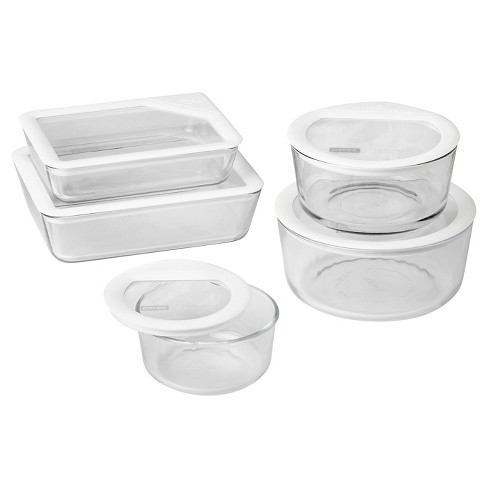Glass
Essential idea: The structure of glass is not well understood, but as more is learned, its use is becoming increasingly prominent in building materials and structural applications.
Characteristics of glass
Most glass is a mixture of silica obtained from beds of fine sand or from pulverised sandstone; an alkali to lower the melting point, usually a form of soda or, for finer glass, potash; lime as a stabiliser; and cullet (waste glass) to assist in melting the mixture.
- May be brittle - tensile stress may cause glass to break
- Transparency - allows light to pass through thus allowing you to see the contents through the glass
- Strength: LOW tensile strength but HIGH compressive strength
- Hardness: high hardness, won't scratch readily.
- Non-Toxic due to its un-reactivity therefore suitable for food storage.
- Glass is non-porous (not allowing liquid or air to pass through it) and can be made incredibly smooth, making it easy to sanitize and sterilize (specifically in pharmaceutical glassware)
Applications of glass
LAMINATED GLASS: Laminated glass consists of two thin sheets of glass that have a sheet of plastic glued between them. (laminated means layers)
 |
| Laminated glass constrains glass from shattering |
TOUGHENED OR TEMPERED GLASS: Tempered or toughened glass has been heat treated - with the outside of the glass being held in compression while the inside is in tension. this is achieved by heating the glass to almost melting point and then chilling the outside of the glass with air jets while the centre remains hot and plastic.
| Difference between tempered glass and float glass |
PYREX: The composition of Pyrex has been altered to improve its thermal shock resistance properties, therefore expands and contracts less than soda glass.
 |
| Applications of Pyrex glass |
 SODA GLASS OR SODA-LIME GLASS: Most manufactured glass is a soda-lime composition used to make bottles, tableware, lamp bulbs, and windows and plate glass. This makes for a cheaper glass.
SODA GLASS OR SODA-LIME GLASS: Most manufactured glass is a soda-lime composition used to make bottles, tableware, lamp bulbs, and windows and plate glass. This makes for a cheaper glass.
APPLICATIONS OF GLASS
Recovery and disposal of glass
Glass can be recycled endlessly as it has been for many years.
 |
| Recycling process for glass |
DISPOSAL: It is estimated that it takes 1 million years for glass to degrade, however it does not contaminate soil in the same way as other materials due to its chemical resistance.
RECOVERY: Off-cuts and faulty glass products are broken up (cullet) and are reused by mixing them with virgin materials to form the 'batch'.



No comments:
Post a Comment